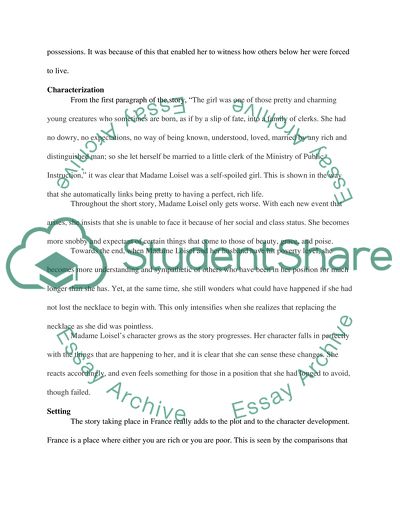Cite this document
(Summary and Analysis of The Necklace by Guy de Maupassant Book Report/Review, n.d.)
Summary and Analysis of The Necklace by Guy de Maupassant Book Report/Review. Retrieved from https://studentshare.org/literature/1544974-term-research-paper
Summary and Analysis of The Necklace by Guy de Maupassant Book Report/Review. Retrieved from https://studentshare.org/literature/1544974-term-research-paper
(Summary and Analysis of The Necklace by Guy De Maupassant Book Report/Review)
Summary and Analysis of The Necklace by Guy De Maupassant Book Report/Review. https://studentshare.org/literature/1544974-term-research-paper.
Summary and Analysis of The Necklace by Guy De Maupassant Book Report/Review. https://studentshare.org/literature/1544974-term-research-paper.
“Summary and Analysis of The Necklace by Guy De Maupassant Book Report/Review”, n.d. https://studentshare.org/literature/1544974-term-research-paper.


